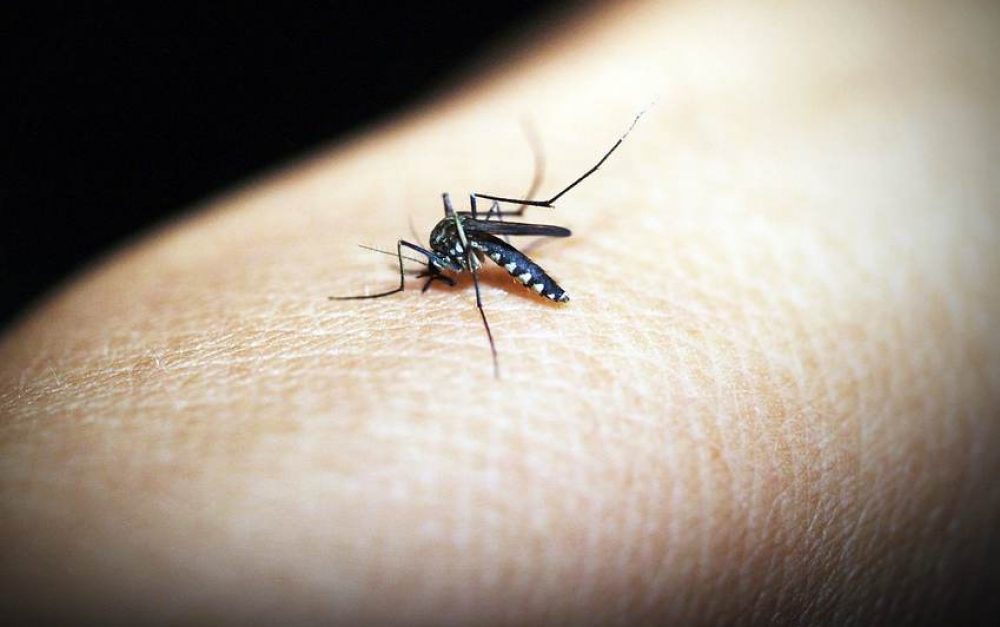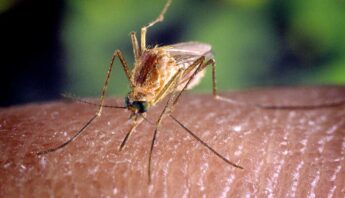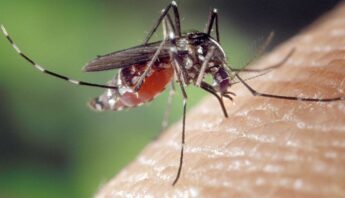Concern about “vector-borne” diseases like Zika, West Nile virus and malaria are top of mind right now in the U.S., thanks to the deluge and devastation brought by recent hurricanes Harvey, Irma and Maria. Mosquitoes can carry these diseases, and those troublesome insects thrive in wet, warm conditions.
In an attempt to address the possibilities of increased mosquitoes and disease, agencies are enacting plans to address the problem in areas recovering from hurricanes. Too often, this includes large-scale aerial spraying of hazardous insecticides. But there are other, successful ways to address the issue that don’t endanger community or ecosystem health.
PAN stands in solidarity with communities recovering from hurricanes and facing possibility of vector-borne diseases. And we urge public officials everywhere to look at the safest, least toxic and most effective ways to control West Nile, Zika and malaria.
Toxic chemicals are not the answer
Recent uses of pesticides like the organophosphate naled are aimed at controlling West Nile virus, but this approach is deeply controversial due to its potential human health impacts — including brain harm to exposed children. In countries of the Global South like Brazil, Vietnam and Kenya — where mosquito control is critical for controlling malaria, dengue and other diseases — many are working to subdue the problem with non-toxic approaches.
Because using chemicals like naled, malathion and even DDT for controlling mosquitoes and other disease vectors is a no-win situation. Exposure to these pesticides, even in minute quantities, can have serious human health consequences ranging from birth defects and developmental disabilities to cancers, asthma and more. In addition, mosquitoes and other vectors develop resistance to pesticides, making them less effective over time.
But evidence from the U.S, and around the world shows there are safe and effective ways to control mosquitoes that do not rely on using pesticides that hurt human health and the environment.
A better approach
Integrated Vector Management (IVM) is an approach that can reduce or even eliminate the use of the most hazardous pesticides while controlling the populations of disease-carrying insects like mosquitoes. While these chemicals are rarely used as part of IVM, the most effective and safest type of IVM uses physical and biological methods to control vector-borne diseases.
Instead of relying on pesticide spraying — whether by planes, through backpack sprayers in communities or inside homes — IVM stresses localized solutions. IVM can use a combination of the following methods to keep disease-carrying insect populations in check:
- Environmental management: Clear stagnant water around homes, buildings and public spaces to reduce places where mosquitoes can breed; managing irrigation water in fields and keeping community water features mosquito free and removing unnecessary debris from around homes and community spaces.
- Physical barriers: Put up barriers in homes like screens on windows and doors, and use mosquito traps.
- Eliminate larvae: Use bacterial larvicides like Bt or botanical substances like neem in ponds and water features, or introduce small “mosquito fish” that eat mosquito larvae.
- Personal protection: Stop mosquitoes from biting people by wearing long sleeve shirts and long pants in areas with high density of mosquitoes, and hang a bed net to prevent mosquitoes from biting people at night. Additionally, for people without smell sensitivities, use mosquito repellents with ingredients like geraniol, citronella, a combination of soybean and coconut oils, or other essential oils to ward off mosquitoes.
One of the most important aspects of good IVM approaches is the complete involvement and participation of the local community in malaria control programs. You can help in your area by:
- Raising awareness within your community about how to effectively control vectors in the area, and share steps people can take on an individual or household level to stop from getting bitten by potentially disease-carrying mosquitoes.
- Meeting with local vector control agencies and urging them to take community concerns into account when creating a vector management plan.
- Helping implement the identified IVM strategies at the local level with the help of local vector control departments.
With community participation, and a focus on the least hazardous and most effective vector control methods, everyone can stay safe.







